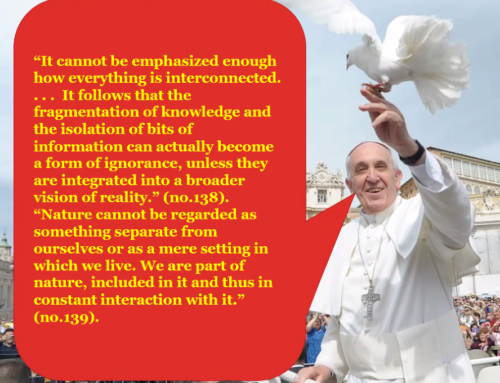The previous post introduced the philosophical idea of dual aspect monism. This idea is enticing as it resolves the centuries-long problems of dualism where mind and matter are two entirely different substances. The problem of how they may interact continues to confound. But what if mind and matter are not two, but one and the same thing in two different versions? Or emanate from a more fundamental reality that is neither mind nor matter? Here we explore the ancient roots of this idea focusing on ideas of 17th century Dutch philosopher Baruch Spinoza, then pioneering American psychologist William James and British philosopher Bertrand Russell.
What is dual aspect monism?
As we will see there are various understandings of this form of a unified reality. I offered the analogy of water which is the same substance experienced in different aspects. But, dual aspect can also refer to mind and matter being composed of or formed from a substance that is neither mental nor physical. This is what I understand “neutral monism” to be.
British philosopher Godfrey Vesey in Agent and Spectator (1991) helps define dual aspect monism:
One of the theories defined in James Baldwin’s Dictionary of Philosophy and Psychology, published in 1901, is ‘The Double Aspect Theory’. It is ‘the theory of the relation of mind and body, which teaches that mental and bodily facts are parallel manifestations of a single underlying reality’. It ‘professes to overcome the onesidedness of materialism and idealism by regarding both series as only different aspects of the same reality, like the convex and the concave views of a curve; or according to another favourite metaphor, the bodily and the mental facts are really the same facts expressed in different language’.
This idea strikes us as a bit strange since we are accustomed to thinking in a dualistic fashion following Descartes’ famous (or infamous) separation of mind and matter. This “substance dualism” has largely been rejected in favor of the monism of physicalism with the idea that matter is all there is. That means mind or consciousness doesn’t exist unless it is composed of or somehow produced by matter. But we intuitively understand that we do have consciousness and minds and that our thoughts are of a different nature than the neurons in our brains which we are told produce them.
Harald Atmanspacher and Dean Rickles in their very recent book Dual Aspect Monism and the Deep Structure of Meaning (2022) trace the philosophical roots of the idea of a unity of reality back to ancient Greeks, specifically Parmenides. But the neo-Platonist Plotinus in the third century developed the idea further and it formed a core aspect of his philosophy and that of the neo-Platonists:
“His monism refers to one utterly simple, ineffable, unknowable subsistence, a transcendent “One” without spatio-temporal extension that is both the origin and the end of all that exists. The sensible mundane world, by contrast, expresses the divine “One” in spatial and temporal dimensions, so that a hierarchy of differentiations arises.”
Baruch Spinoza
The current versions of dual aspect monism trace their roots to Spinoza. This famous philosopher, born in 1632 and died in 1677 at age 44, is critically important to most philosophy today. German philosopher Hegel said one is either a Spinozist or not a philosopher at all. Spinoza is considered a pantheist, although this is controversial. Pantheism is the idea that God and nature are one –– inseparable. Atmanspacher and others note that Spinoza also expressed panentheist ideas. This is the view that God and nature are one, but that God is also separate from and outside of nature. Theism, in comparison, is not pantheistic but typically sees God as both transcendent (outside of nature and completely separate from it) and immanent (operating in and present within nature).

